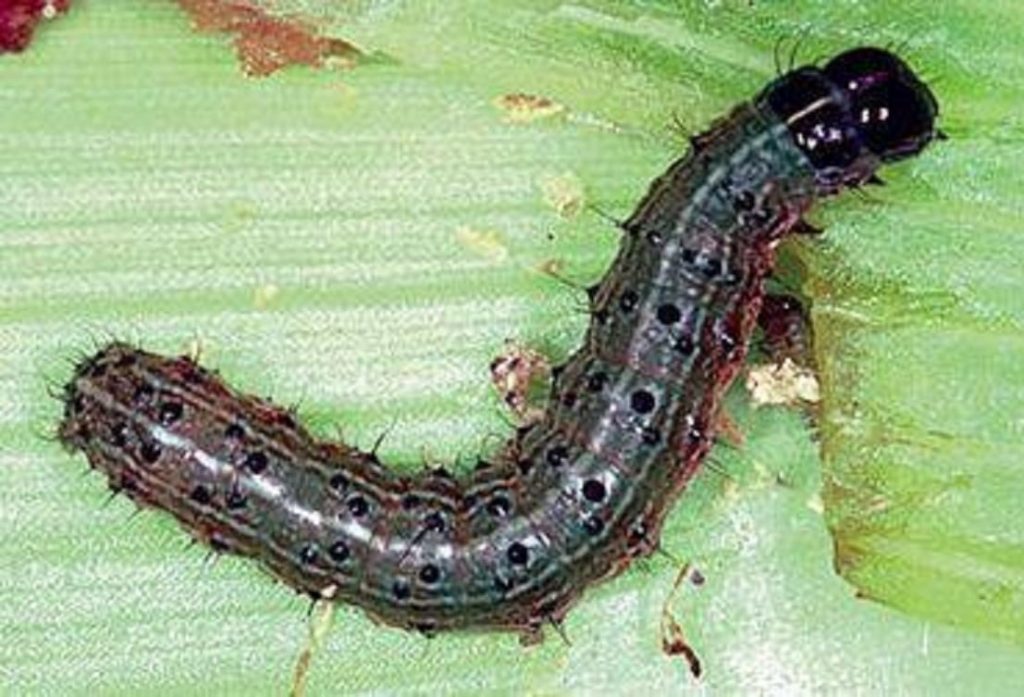Armyworms Treatment & Prevention
Commonly known for their ravenous feeding behavior, fall armyworms cause major damage to healthy turfgrass lawns. While troublesome pests setback your lawn’s success, our team at Barefoot Lawn Care recognizes the importance of addressing armyworm infestations as swiftly as possible.
Identifying Fall Armyworms

Before you tackle an armyworm problem, it’s crucial to properly identify what you’re dealing with. Fall armyworms are caterpillars that vary in color from light green to brown, with a distinctive, inverted “Y’ shape on their head capsule. You may also notice distinctive dot markings throughout the length of their bodies.
Fall Armyworm Nests
A female moth may lay up to 1,000 fall armyworm eggs on vegetation or flat surface structures nearby. Armyworm nests are typically spread over a single layer and may appear moldy or fuzzy, due to the grayish scale deposited by the female moth. Armyworm eggs can hatch anywhere from two to ten days, depending on the time of the year.
Armyworm Treatment & Control
While natural predators can control armyworm populations, an infestation requires a more aggressive approach. Fall armyworms typically appear sometime in August–October and don’t require year-round preventative treatment. The use of chemical insecticides as a curative control can produce results in one application for armyworms, grubs and other ground insects.
How to Check Your Lawn for Armyworms
Fall armyworms eat away at your turfgrass, resulting in widespread damage that radiates from one location to another.
- Look for uniform damage that radiates inwards or outwards on your lawn
- Inspect your lawn in the early morning or evening during active feeding
- Conduct a soap flush test (mix 3 tablespoons of dish soap with 1 gallon of water) to bring armyworms to the surface
Armyworm FAQs
What happens to your yard if you have armyworms?
Fall armyworms feed on leaf material, leading to brown patches and thinning areas in your lawn. If left untreated, armyworms can cause extensive damage that may require intensive restoration efforts.
How often do you have to treat armyworms?
Our armyworm treatments are effective as a curative control method in as little as one application. However, depending on the severity of your infestation, additional applications may be required. Our experts will work with you to assess your lawn and determine the best treatment plan based on your lawn’s needs.
What time of year are armyworms most active?
Fall armyworms likely overwinter as pupae in subtropical states like Florida. Female moths will then migrate north during spring and early summer to eventually lay their eggs in mid-summer. Fall armyworms have a relatively quick life cycle, making it possible for multiple generations to be active throughout summer and fall.
How long does it take for a lawn to recover from armyworms?
Lawn recovery largely depends on the extent of your lawn’s damage. After your treatment application, it may take a few weeks to several months for your lawn to fully recover.